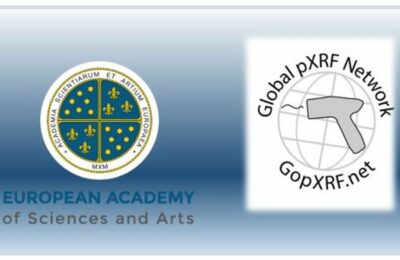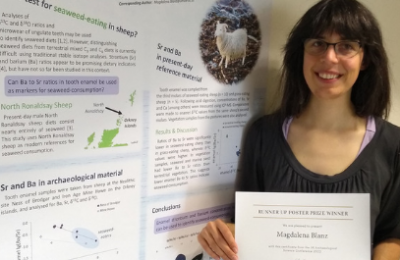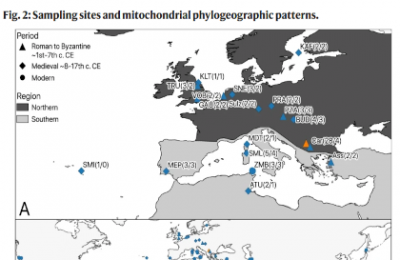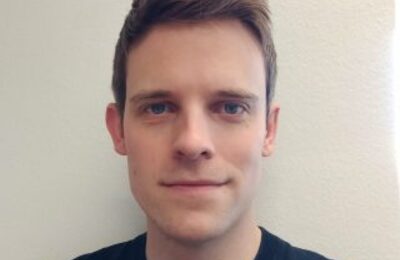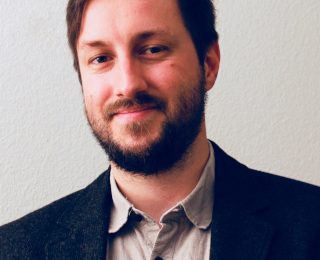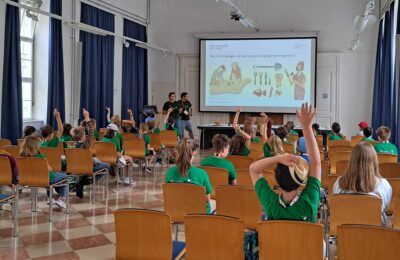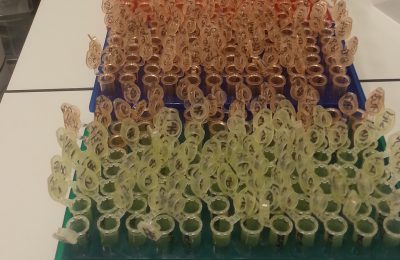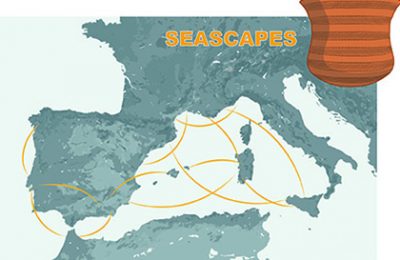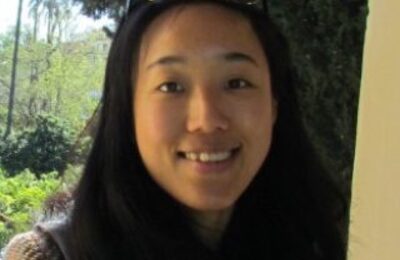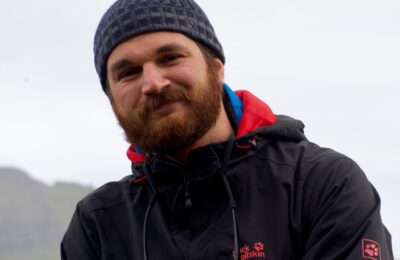Swami, V., Tran, U.S., Voracek, M., Aavik, T., Ranjbar, H.A., Adebayo, S.O., Afhami, R., Ahmed, O., Aimé, A., Akel, M., Al Halbusi, H., Alexias, G., Ali, K.F., Alp-Dal, N., Alsalhani, A.B., Álvarez-Solas, S., Amaral, A.C.S., Andrianto, S., Aspden, T., Argyrides, M., Aruta, J.J.B.R., Atkin, S., Ayandele, O., Baceviciene, M., Bahbouh, R., Ballesio, A., Barron, D., Bellard, A., Bender, S.S., Beydaǧ, K.D., Birovljević, G., Blackburn, M.-È., Borja-Alvarez, T., Borowiec, J., Bozogáňová, M., Bratland-Sanda, S., Browning, M.H.E.M., Brytek-Matera, A., Burakova, M., Çakır-Koçak, Y., Camacho, P., Camilleri, V.E., Cazzato, V., Cerea, S., Chaiwutikornwanich, A., Chaleeraktrakoon, T., Chambers, T., Chen, Q.-W., Chen, X., Chien, C.-L., Chobthamkit, P., Choompunuch, B., Compte, E.J., Corrigan, J., Cosmas, G., Cowden, R.G., Czepczor-Bernat, K., Czub, M., da Silva, W.R., Dadfar, M., Dalley, S.E., Dany, L., Datu, J.A.D., de Carvalho, P.H.B., de Holanda Coelho, G.L., De Jesus, A.O.S., Debbabi, S.H., Dhakal, S., Di Bernardo, F., Dimitrova, D.D., Dion, J., Dixson, B., Donofrio, S.M., Drysch, M., Du, H., Dzhambov, A.M., El-Jor, C., Enea, V., Eskin, M., Farbod, F., Farrugia, L., Fian, L., Fisher, M.L., Folwarczny, M., Frederick, D.A., Fuller-Tyszkiewicz, M., Furnham, A., García, A.A., Geller, S., Ghisi, M., Ghorbani, A., Martinez, M.A.G., Gradidge, S., Graf, S., Grano, C., Gyene, G., Hallit, S., Hamdan, M., Handelzalts, J.E., Hanel, P.H.P., Hawks, S.R., Hekmati, I., Helmy, M., Hill, T., Hina, F., Holenweger, G., Hřebíčková,…

